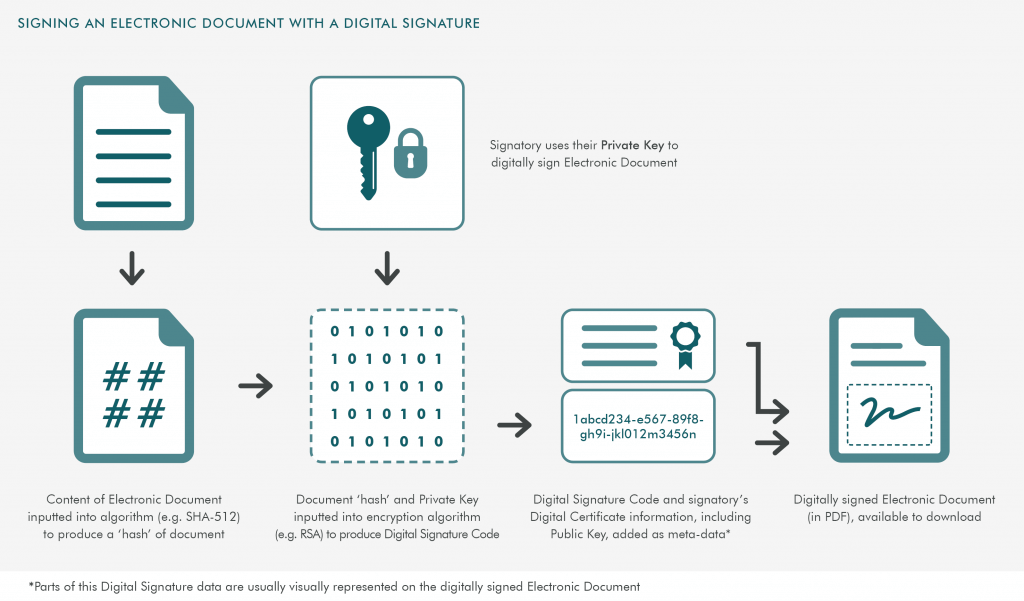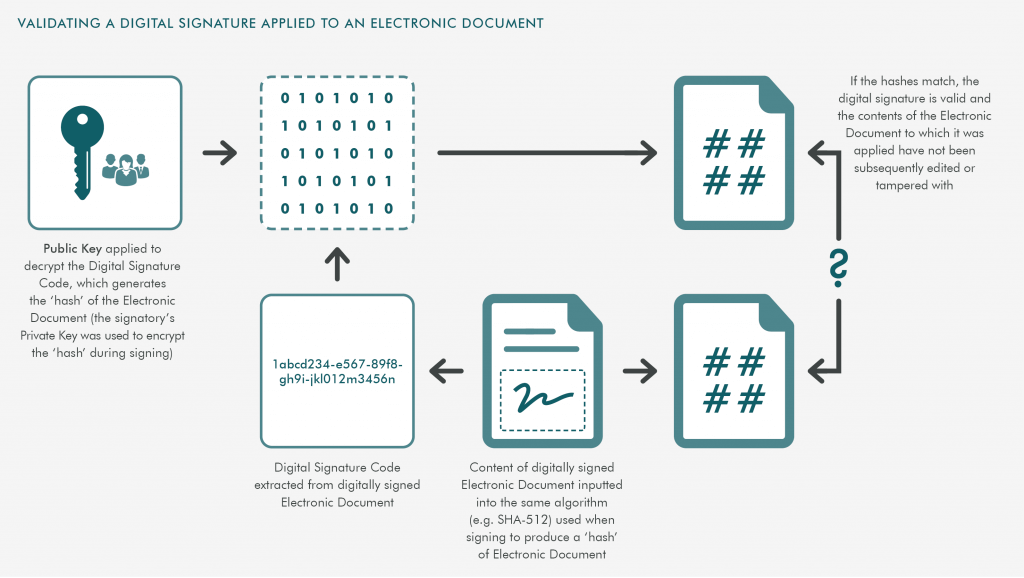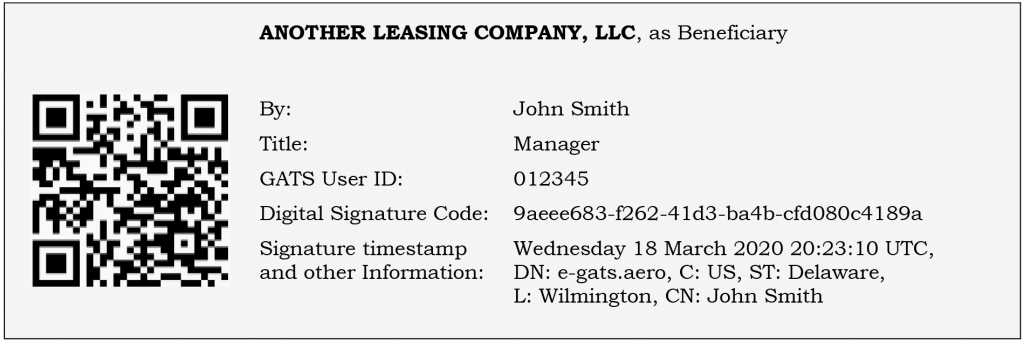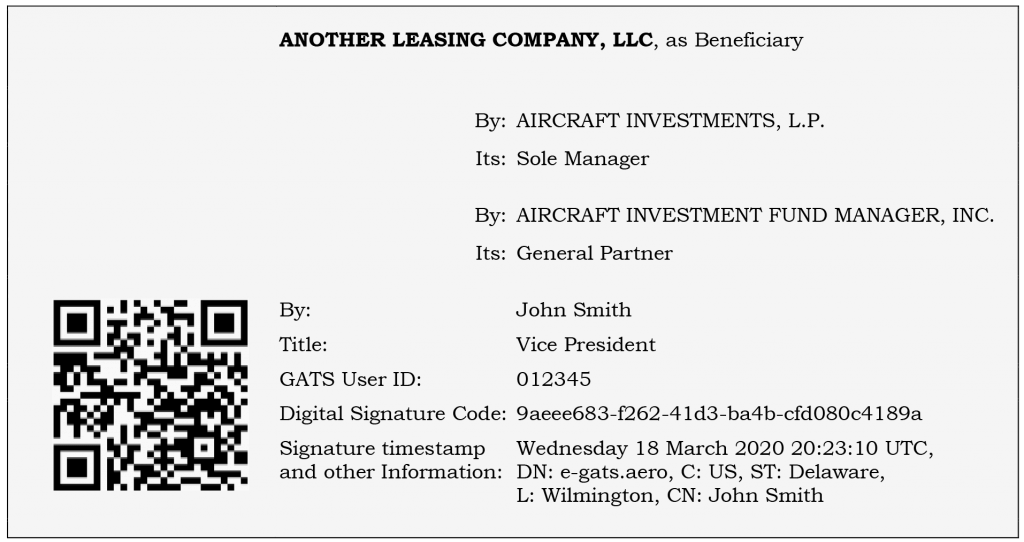In this piece we will discuss:
- What are electronic and digital signatures?
- Objectives of the Digital Signature Methodology
- Signing an electronic document with a digital signature
- Visual representation of digital signatures
- The GATS online platform: customisation; addressing logistical and practical challenges










